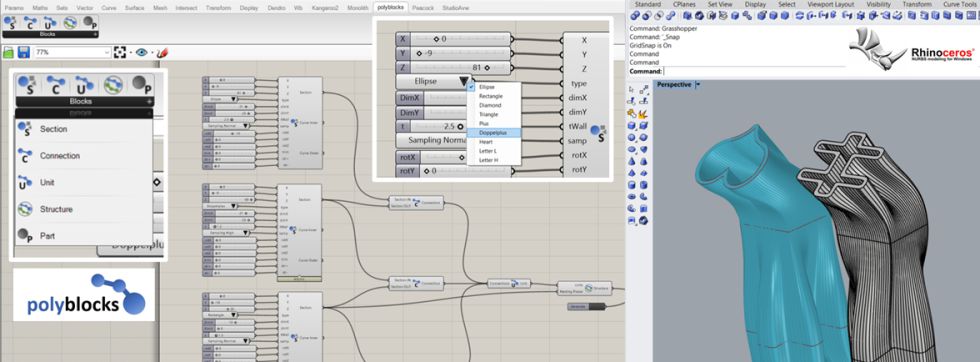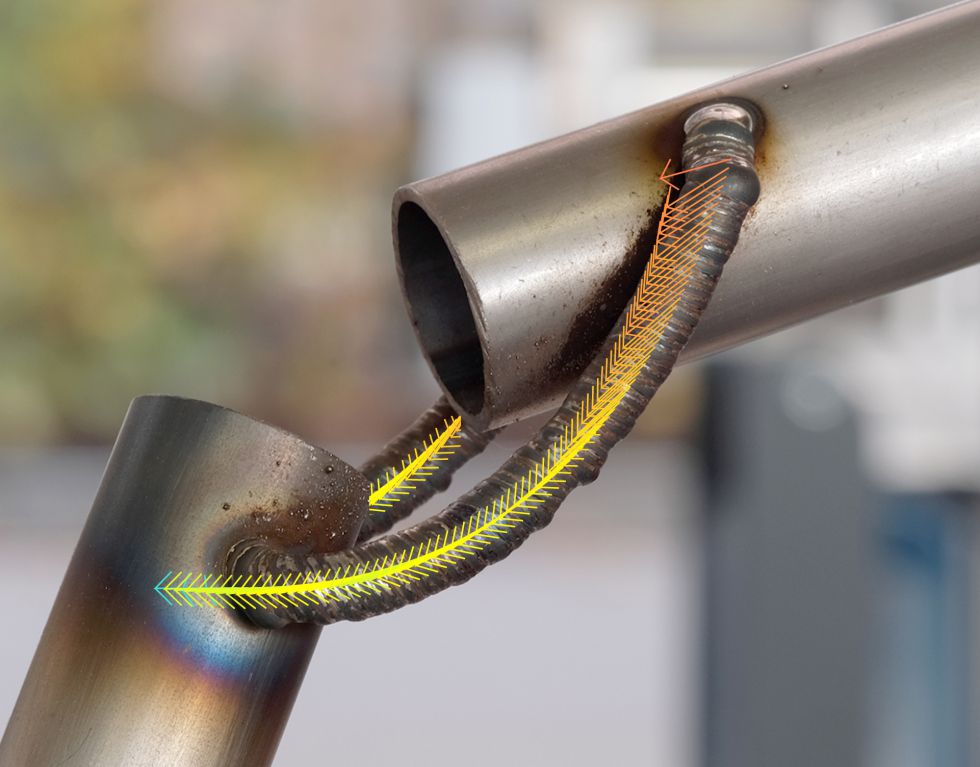additivETH exchange 'RHINOCEROS 3D & GRASSHOPPER for AM'

The additivETH exchange on 4 March 2021 offered exciting insights into the work of ETH students and researchers using the programs RHINOCEROS 3D and GRASSHOPPER. Thanks to eleven project presentations, a total of 40 participants from eight departments gained a comprehensive impression of the application spectrum of these software tools.
Solutions based on RHINOCEROS 3D (short RHINO) initially established themselves primarily in product design but are also increasingly being used in academic research. The use of RHINO and its parametric tool GRASSHOPPER enable the generation of complex-shaped geometries. This is suitable especially for applications in AM.
The RHINO/GRASSHOPPER ecosystem is characterized by its enormous modularity: Many plugins exist for a variety of different use cases. Therefore, the exchange of practical experiences about the available plugins and their specific advantages and disadvantages formed an essential part of the event. During and also after the event, participants shared their respective experiences via a virtual whiteboard.
ETH students not only use special plugins for their projects, but they also contribute own plugins to the community: Within the external page COMPAS project, a framework written in Python for the generation and processing of geometries is being developed at the Department of Architecture. One of the presented plugins allows, for example, the creation of robotic tool paths used for 3D printers or wire arc additive manufacturing (WAAM).
Accordingly, the control of printers for AM was another key topic of the event. Additional topics from the MedTech sector, such as the production of hydrogel ear scaffolds or oxygenators made of silicone, were discussed as well. From beginners to experts, there was something to learn for everyone.

